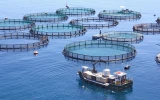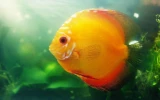The 13 Best Fish to Farm at Home (Least Hassle)
Have you ever considered starting your own fish farm at home? Raising fish can be a convenient way to supplement your food supply, gain a sense of self-sufficiency, or even start a small-scale business. With the right fish species, you can make your journey into fish farming much less of a hassle. In this article, we'll introduce you to the 13 best fish for low-hassle home farming.
The top fish species to farm at home include catfish, tilapia, trout, koi, goldfish, barramundi, carp, mollies, guppies, bluegill, dwarf gourami, zebrafish, and perch. It is essential to select the species that suit your needs and available resources.
Whether you're an experienced aquaculturist or just starting out, it's essential to select the best fish species for your home-based farm. Certain fish are easier to maintain than others, requiring minimal effort on your part and ensuring you can focus on enjoying the process. Let's get to know these fish species.
Summary
- When you decide about which fish are the best fit for your home farming project, consider your local climate and the unique requirements of each fish species.
- As your fish-farming experience grows, you can explore adding more fish species and expanding your farming setup.
- Consider the type of aquaculture system you will use, such as a cage, flow-through, recirculating, or greenhouse system.
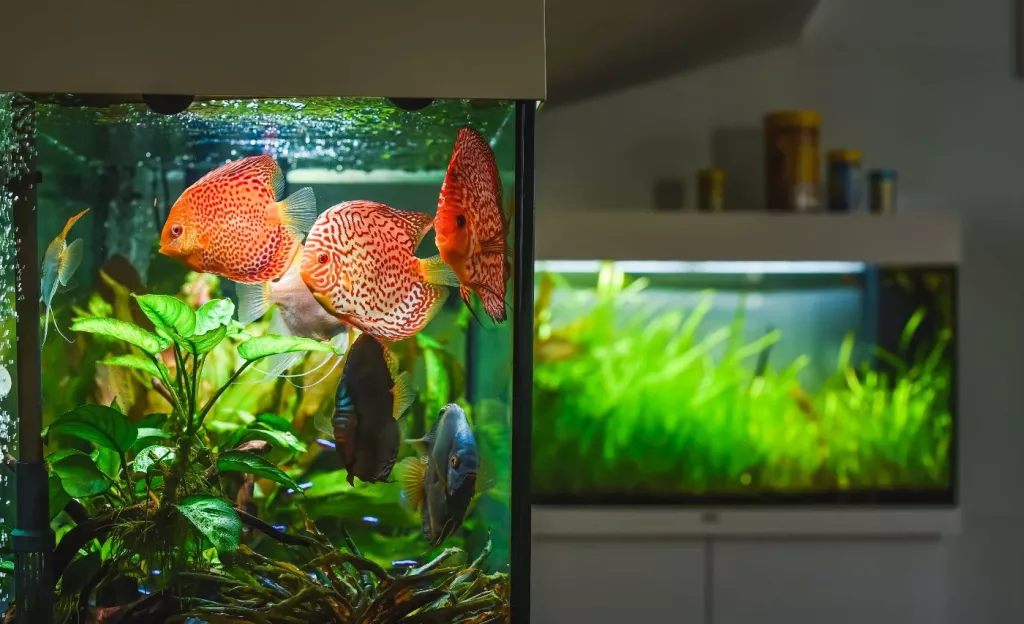
On this page:
Easy and Low-Maintenance Fish Species to Farm at Home
When deciding on the best fish species to farm at home, consider their growth rates, compatibility with other fish, ease of care, and adaptability to artificial environments, and your local environment. It's important to understand the factors that make some fish more suitable for home farming than others. Here are 13 popular fish species for home farming:
| 13 Best Fish to Farm at Home | ||
|---|---|---|
| Tilapia | Catfish | Koi |
| Goldfish | Barramundi | Trout |
| Carp | Mollies | Guppies |
| Bluegill | Dwarf Gourami | Zebrafish |
| Perch | ||
Tilapia can tolerate different water conditions
Tilapia is a popular choice due to its fast growth, tolerance for different water conditions, and delicious taste. They thrive in water temperatures between 77 and 86°F.
Catfish coexist well with other fish species
Catfish are efficient converters of food to flesh, needing only a pound of food to produce a pound of usable flesh. They coexist well with other fish species and help control pond pests.
Koi are easy to maintain
Koi are hardy ornamental fish suitable for home ponds. They can survive in different water conditions and temperatures, making them easy to maintain.
Goldfish are easy to care for
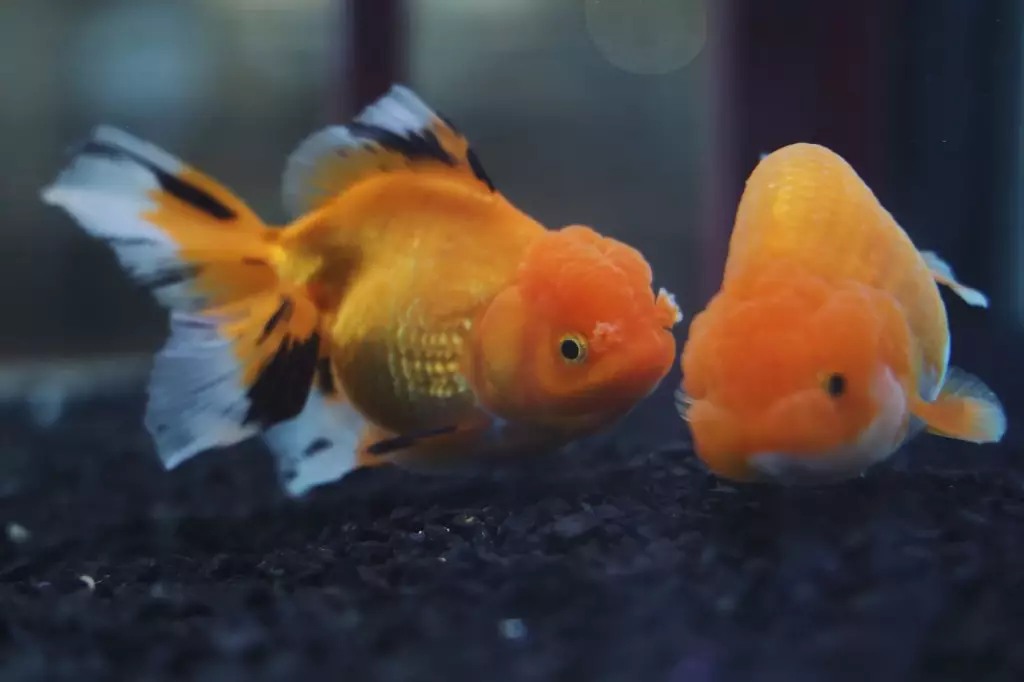
Like koi, goldfish are ornamental fish that adapt well to various water conditions. Though they may be less hardy, goldfish are easy to care for and can be kept in aquariums or ponds.
Barramundi grows quickly
Barramundi is a high-value fish that can be farmed in recirculating aquaculture systems. They require clean water and moderate temperatures, but they grow quickly and have high market demand.
Trout grows fast
Trout are suitable for colder climates and can be farmed in tanks or raceways with flowing water. They are popular for their rapid growth and good taste.
Carp have a diverse diet
Carp adapt well to a range of water conditions, and as omnivorous fish, they have a diverse diet. Carp can be farmed in ponds or tanks and are popular for their delicious taste.
Mollies can be kept in aquariums
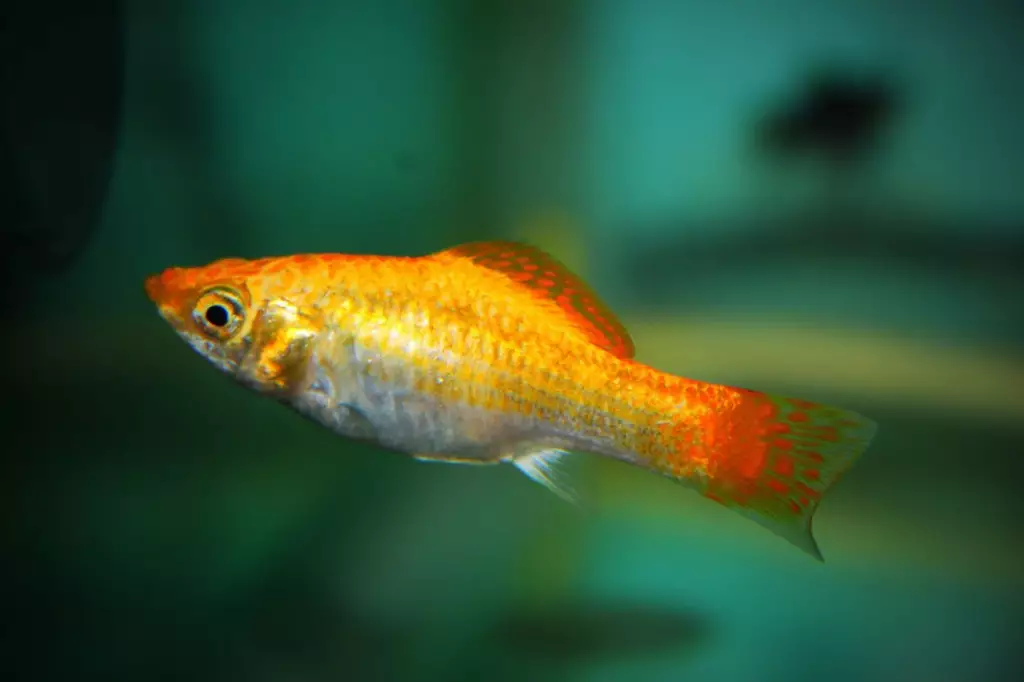
Mollies are small, live-bearing fish that can be kept in home aquariums. They thrive in both freshwater and brackish-water environments.
Guppies reproduce easily
Guppies are another live-bearing fish suitable for aquariums. They are low-maintenance, reproduce easily, and come in a variety of beautiful colors.
Bluegill are compatible with other fish species
Bluegill are freshwater fish that can be farmed in tanks or ponds. They are compatible with other fish species and can grow well on natural pond food or supplemental feeding.
Dwarf gourami are disease-resistant
Dwarf gouramis are peaceful fish that can be kept in home aquariums. They are disease-resistant and can tolerate a range of water conditions, but they prefer temperatures around 77°F.
Zebrafish can be kept in aquariums
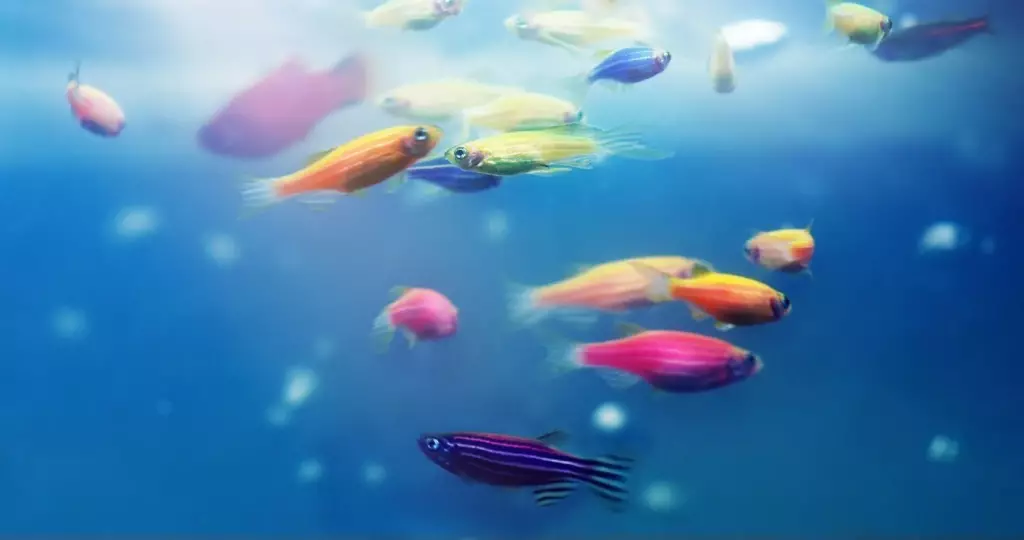
Zebrafish are small, schooling fish that can be kept in home aquariums. They can tolerate different water conditions and thrive in temperatures between 64 and 82°F.
Perch grow well at moderate temperatures
Perch are a popular fish for pond and tank systems. They grow well at moderate temperatures and have a good market value.
Setting up Your Home Fish Farm
Farming fish at home with the 13 aforementioned fish species can be enjoyable, but make sure you have a proper setup. Follow these steps to help you get started:
Choose a fish farming system
First, consider the type of system you want to use for your fish farm. There are several options available, such as a backyard pond, an above-ground pool, or even an indoor aquarium. You can establish a method of feeding your fish, like pellets or flake food, or create an ecosystem for your fish for a more economical approach. Select the one that best suits your needs, space, and budget.
Maintain water quality in your fish farm
Next, maintaining water quality is essential for the health and growth of your fish. Make sure the water in your chosen system remains clean and free of harmful chemicals. Temperature, pH balance, and oxygen levels are crucial factors to monitor. Additionally, allow for sunlight exposure, as fish need sunlight each day to thrive. Frequent water testing and adjusting as needed will ensure the success of your home fish farm.
Take proper care of your fish
When it comes to caring for your fish, providing proper nutrition and space is key to their growth and well-being. Feed your fish regularly with high-quality food and maintain a clean environment. Also, keep in mind the stocking density of your fish farm. Maintain a ratio of one pound of live fish per 10 gallons of water for your first season of raising fish.
Common Challenges and Solutions for Your Fish Farm
You can successfully farm fish at home with minimal hassle and maximize the health and productivity of your fish, if you address the common challenges that follow.
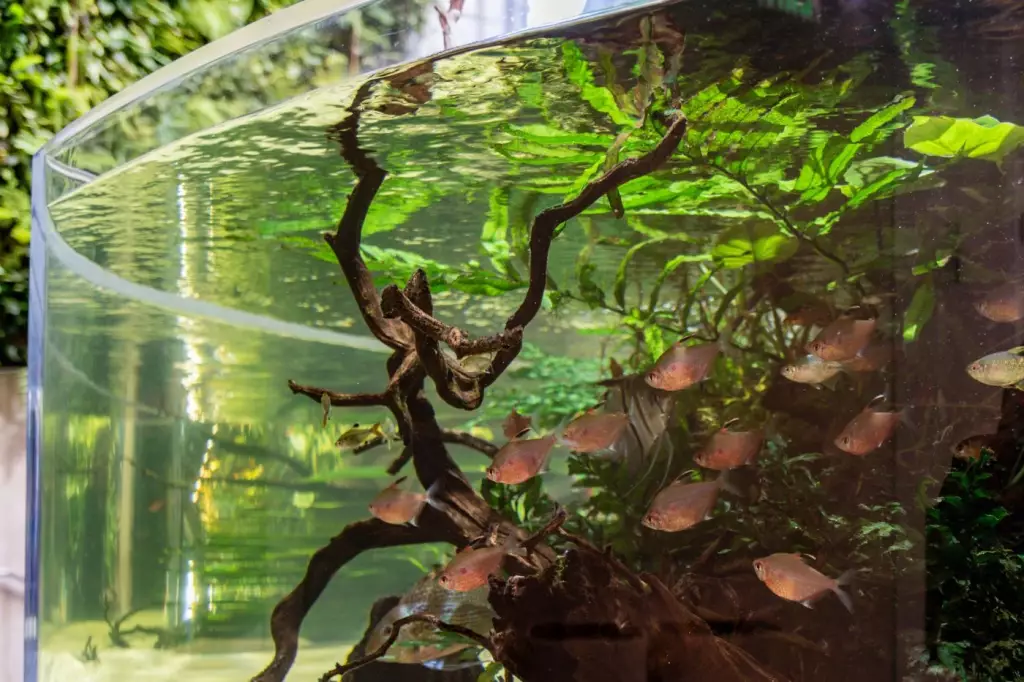
Fish health issues and how to prevent them
One of the main challenges of fish farming at home is maintaining the health of your fish. Common issues include diseases, parasites, and poor nutrition. To prevent these problems:
- Choose healthy fish species suitable for aquaculture, such as catfish.
- Maintain proper water quality, as it plays a significant role in fish health.
- Quarantine new fish before introducing them to your system to prevent the spread of diseases.
- Feed your fish a well-balanced diet to ensure they are getting the necessary nutrients.
Maintaining water temperature on your fish farm
Water temperature affects fish growth and overall health. To maintain the ideal temperature range for your fish species:
- Monitor the water temperature regularly using a reliable thermometer.
- Use water heaters or chillers to adjust the temperature as needed, especially during extreme weather conditions.
- Place your fish farm in a location with stable temperatures, avoiding direct sunlight or extreme cold.
Handling waste and filtration on your fish farm
Waste management is essential to maintaining water quality and preventing the buildup of harmful substances in your fish farm. To handle waste and filtration effectively:
- Use a proper filtration system to remove waste particles and maintain water clarity. This can be in the form of mechanical, biological, or chemical filtration.
- Regularly clean and maintain filters, pumps, and other equipment to ensure optimal performance.
- Consider integrating plants into your system, as they can absorb waste nutrients and improve water quality. This is especially beneficial in aquaponics setups.
- Perform periodic water changes to remove accumulated waste and refresh the water chemistry.
